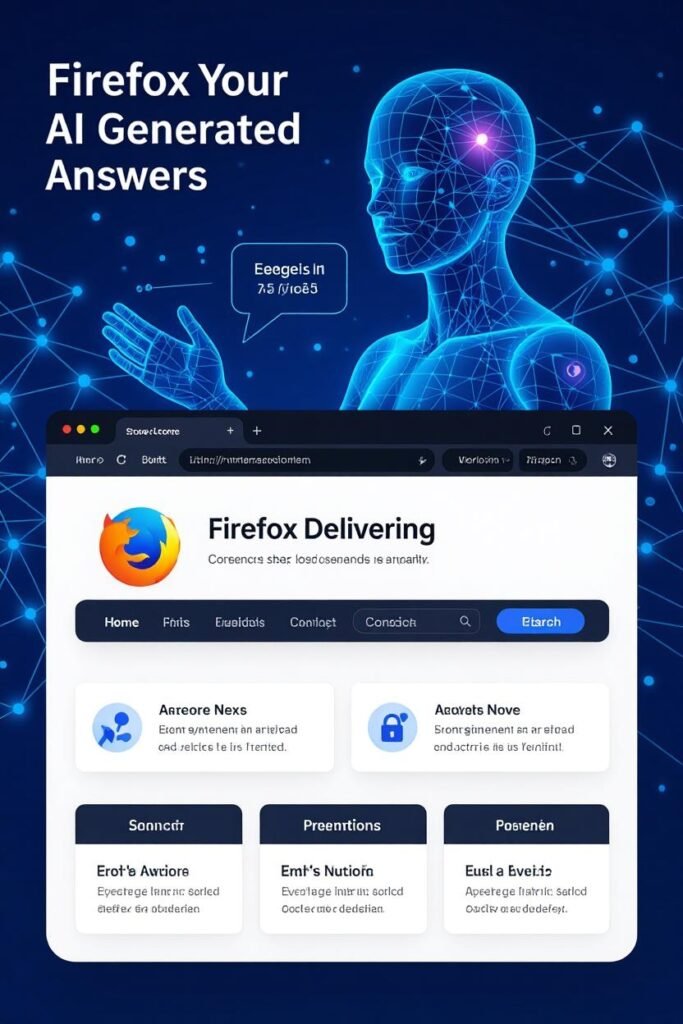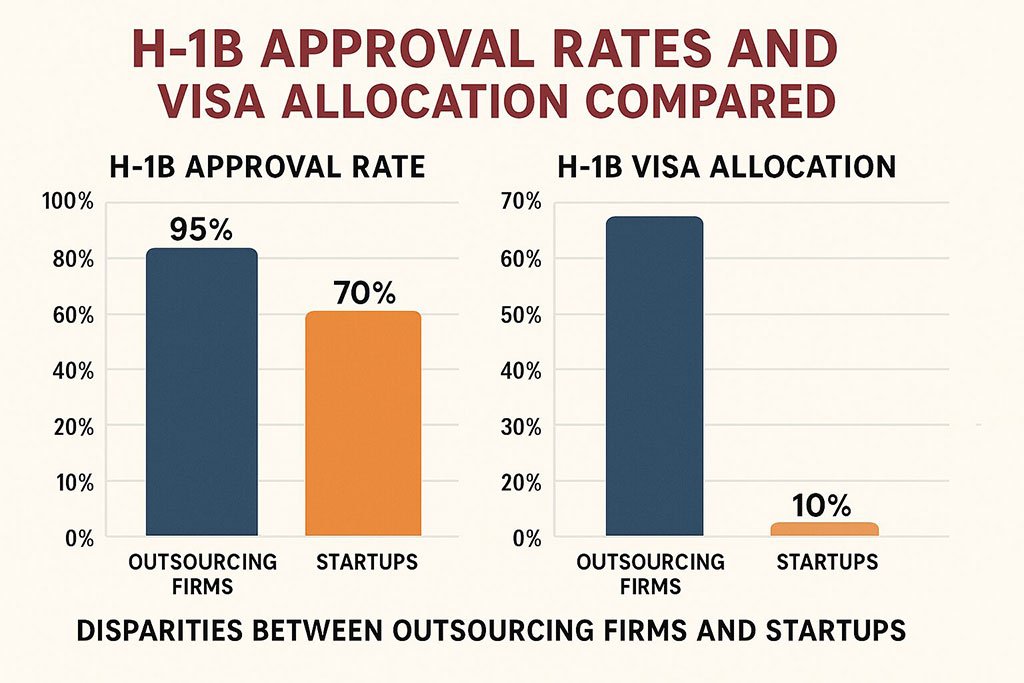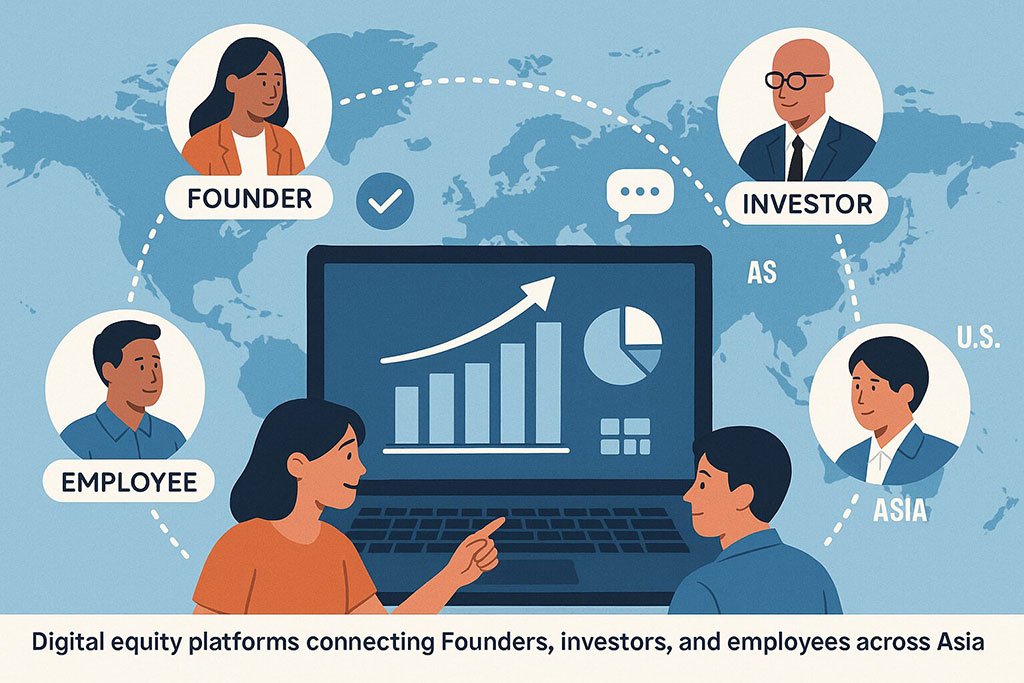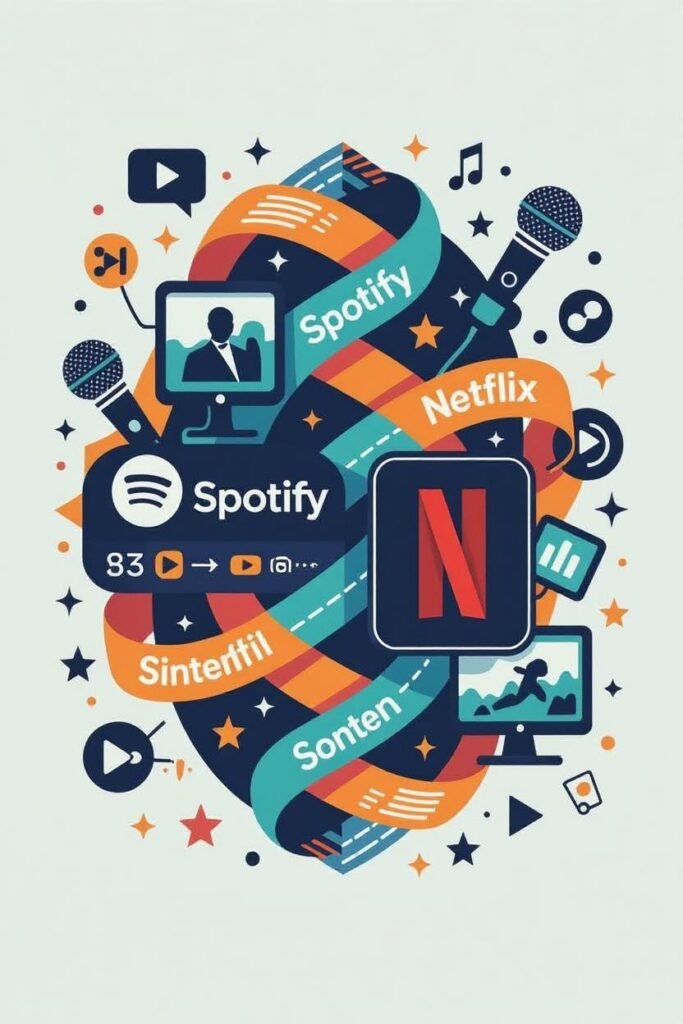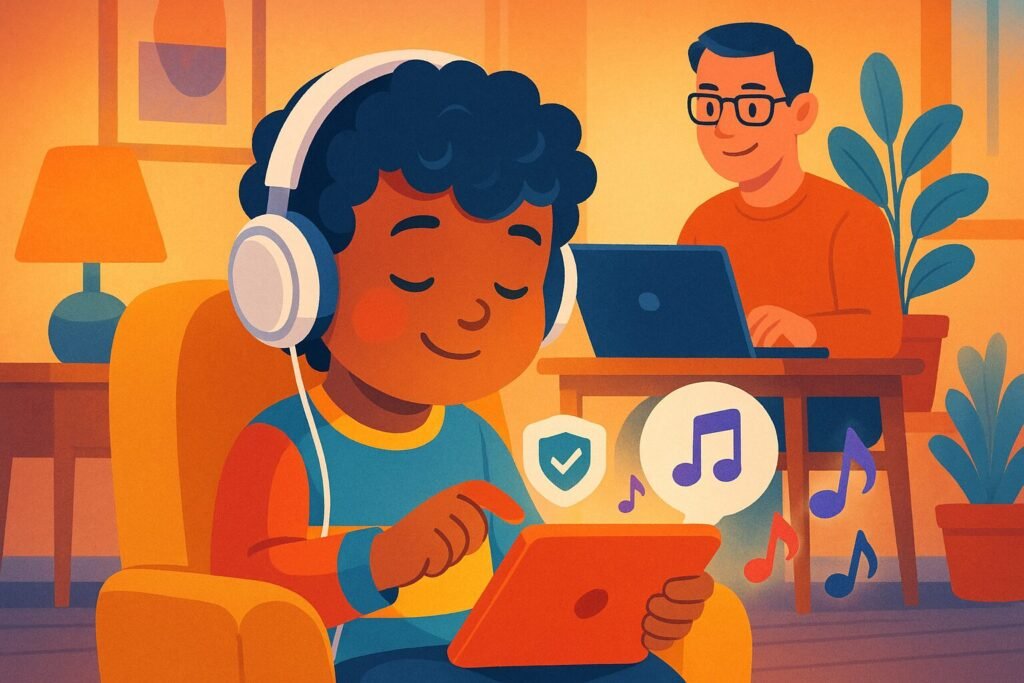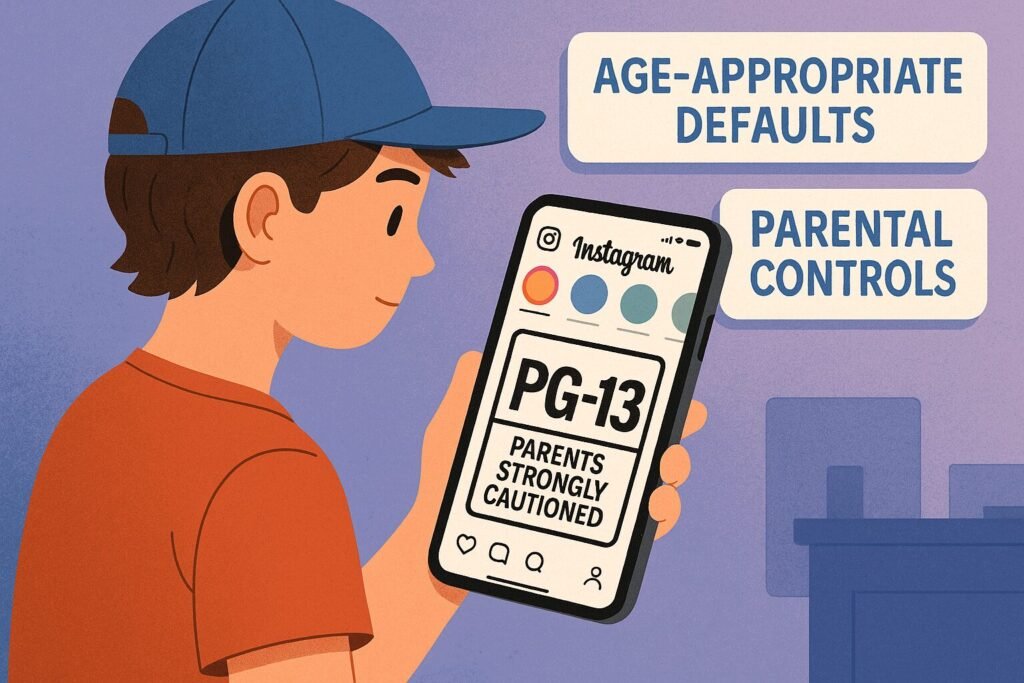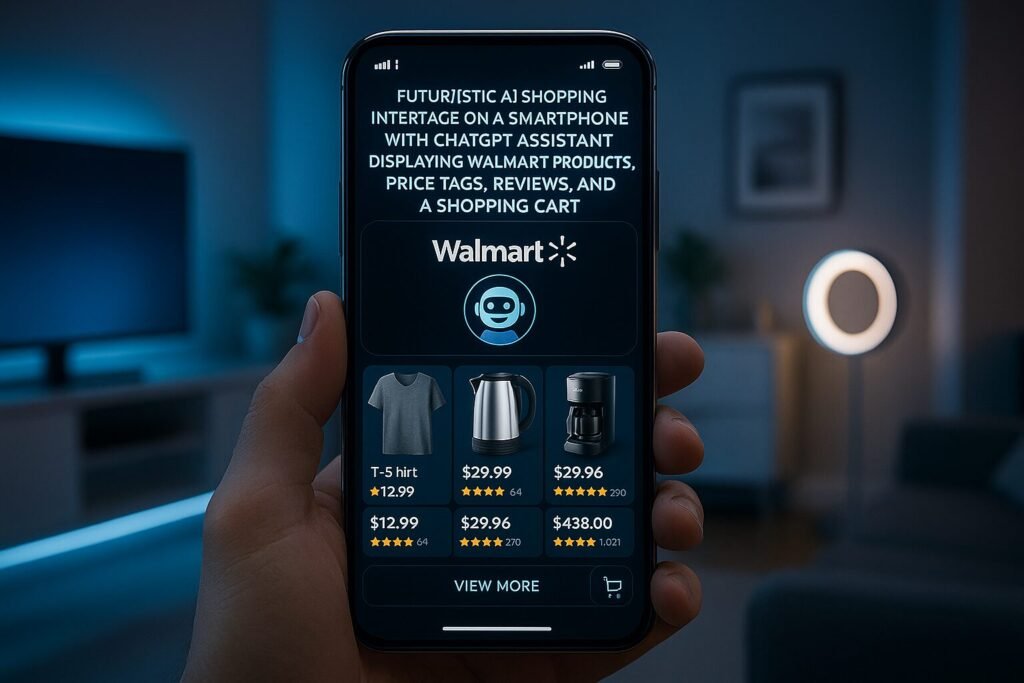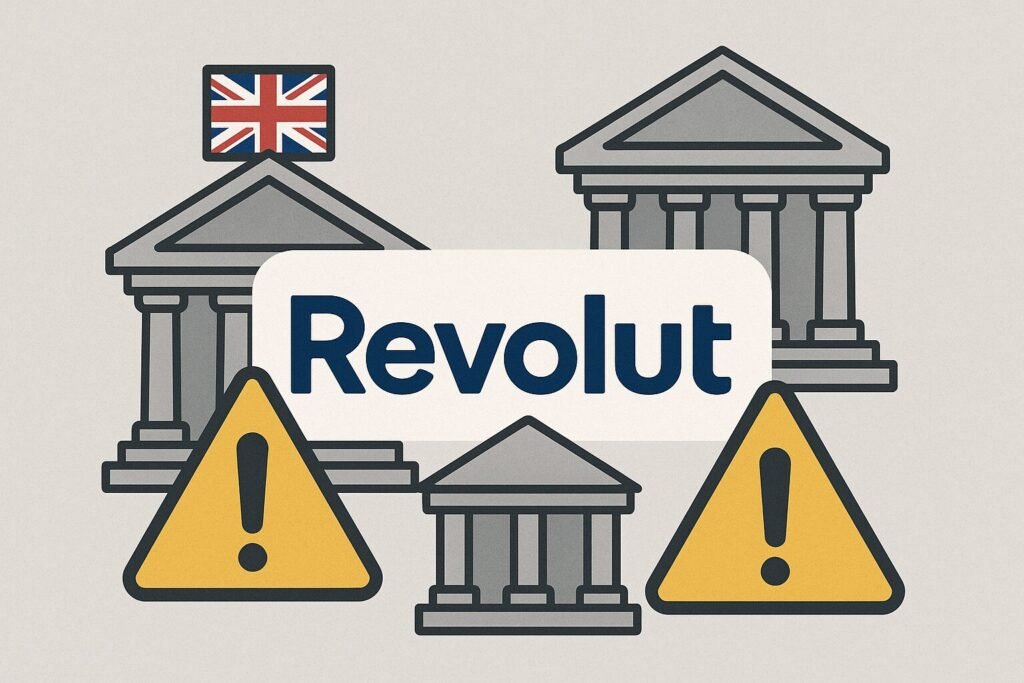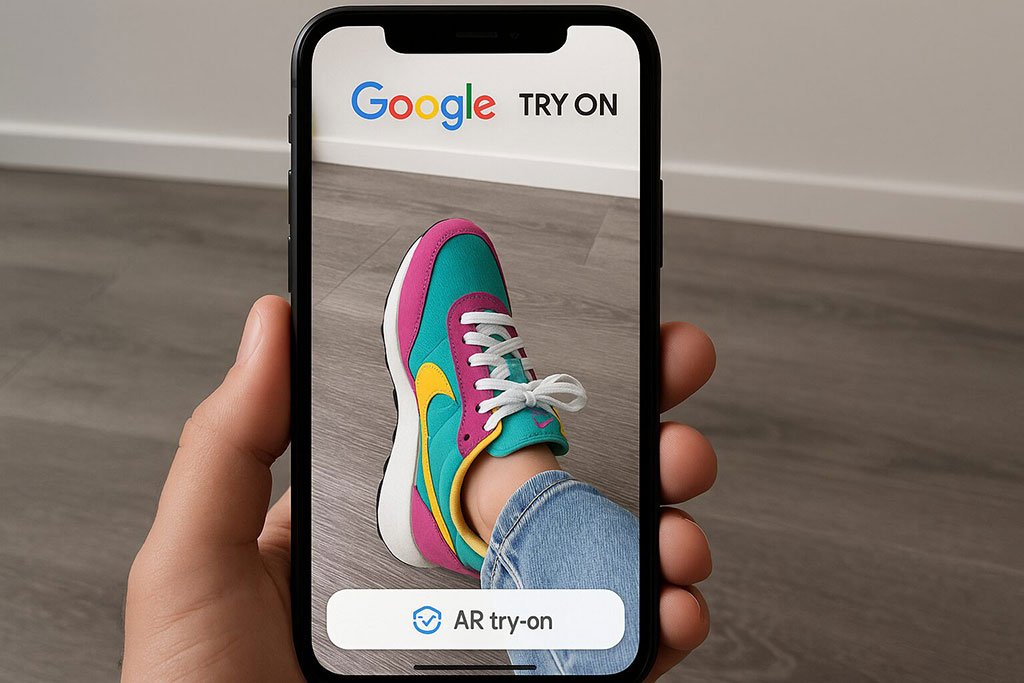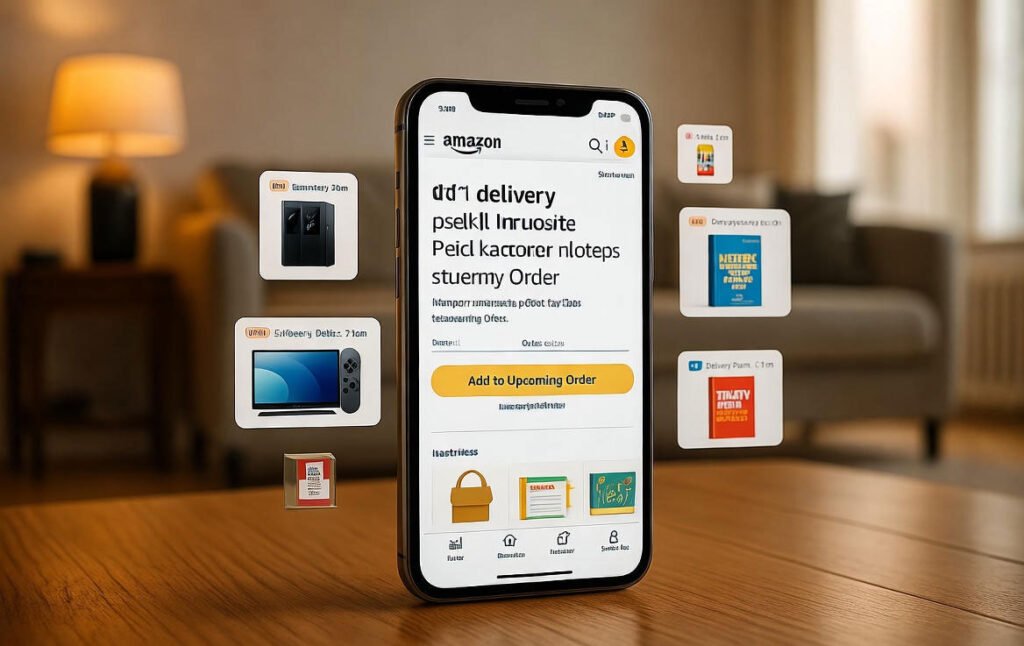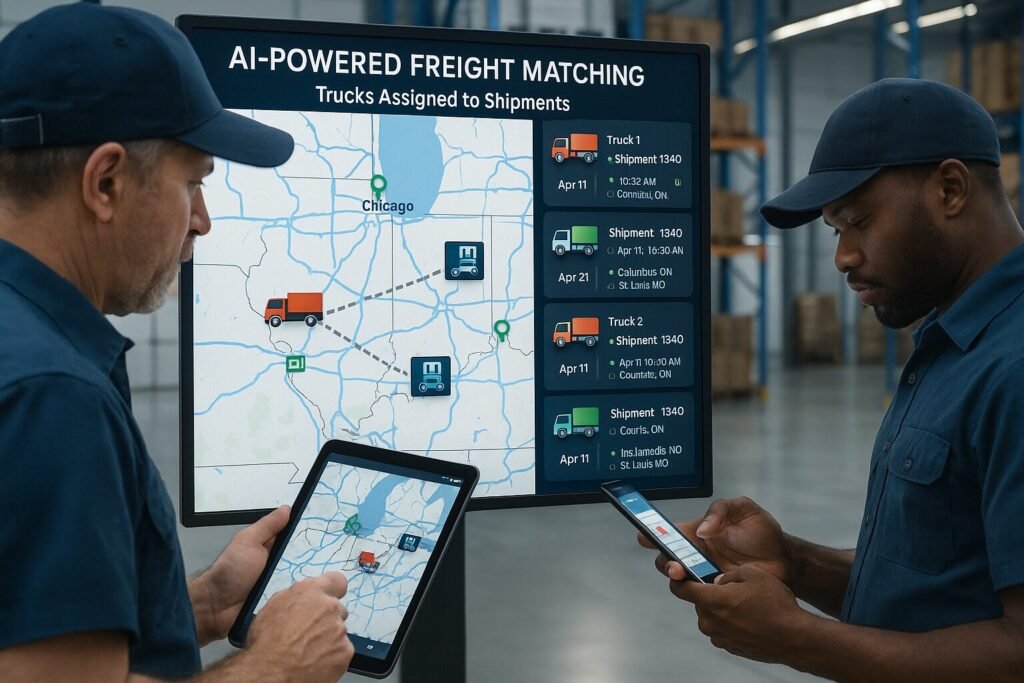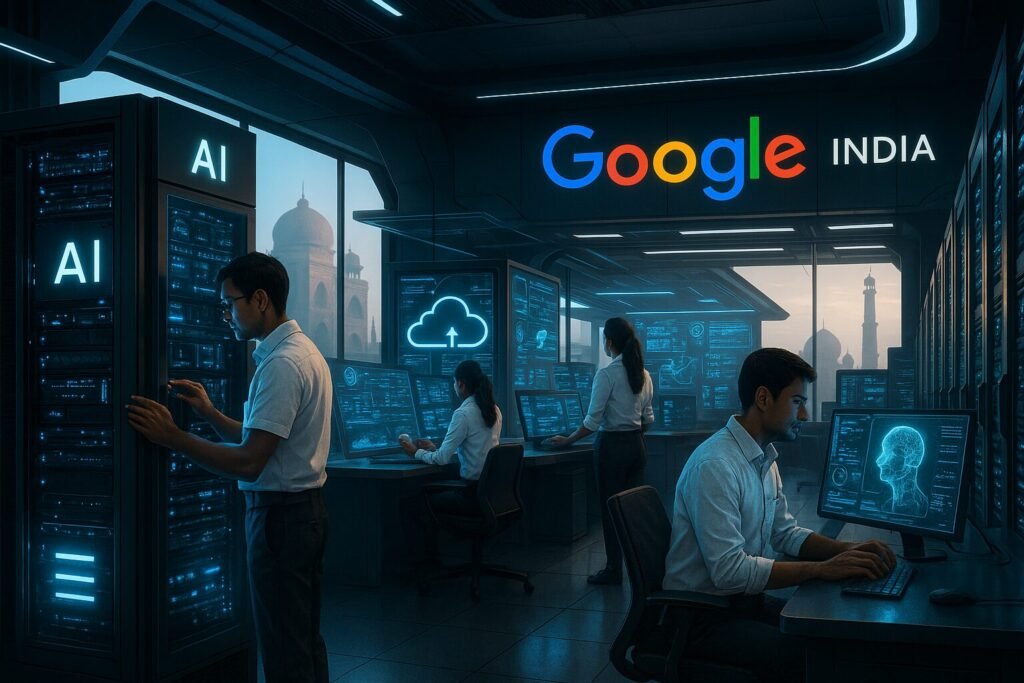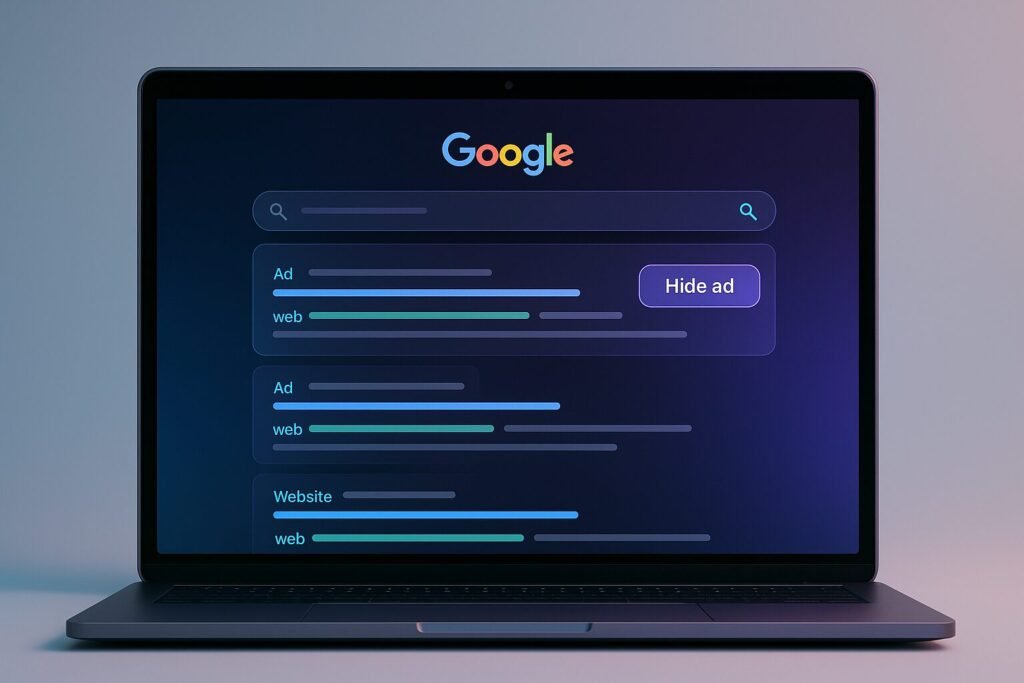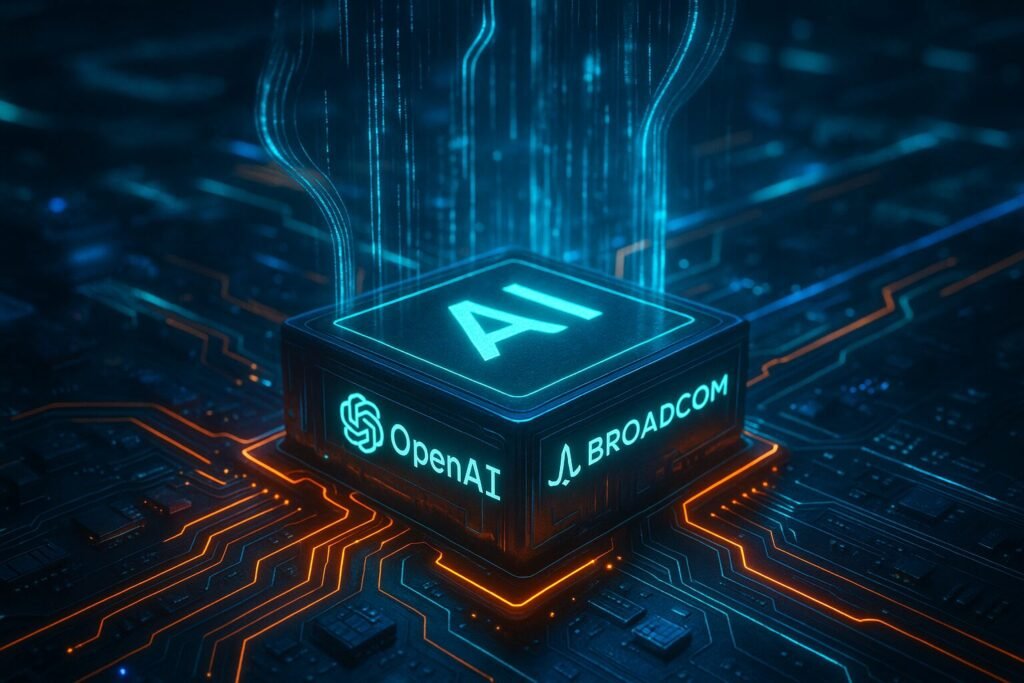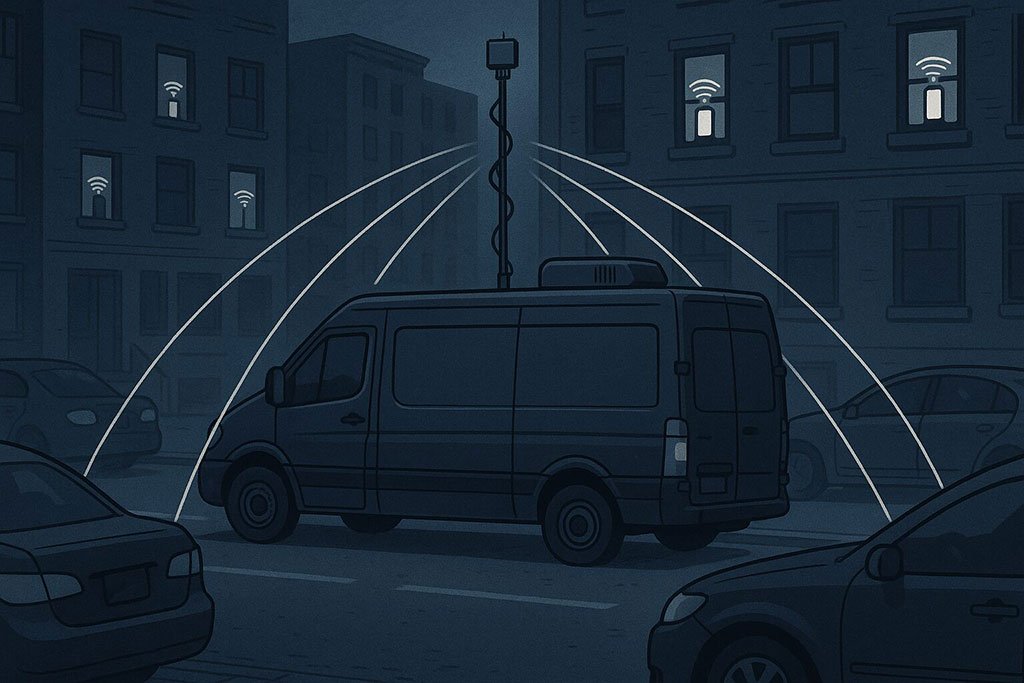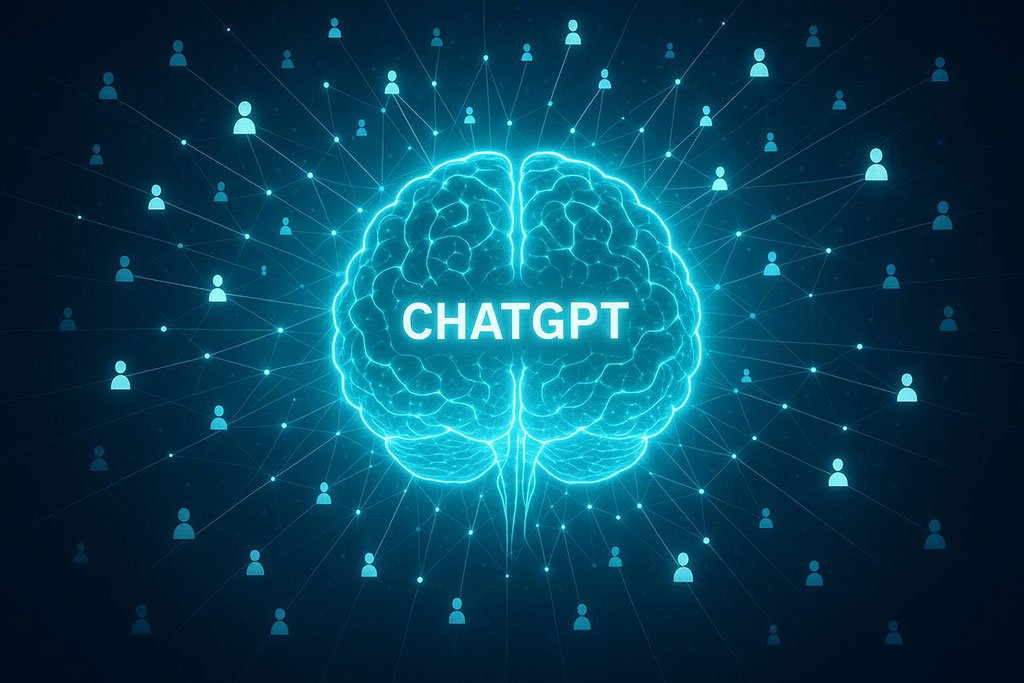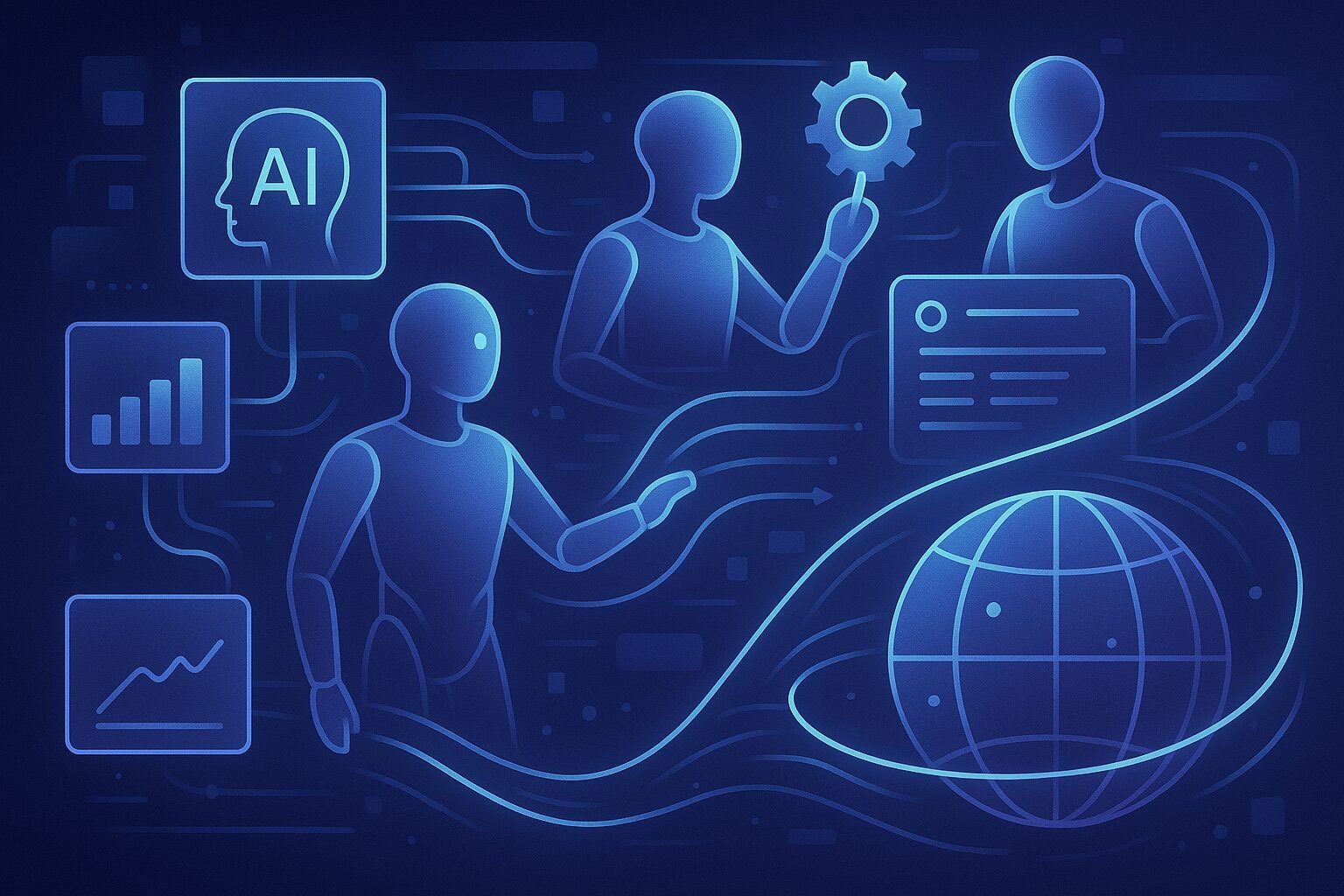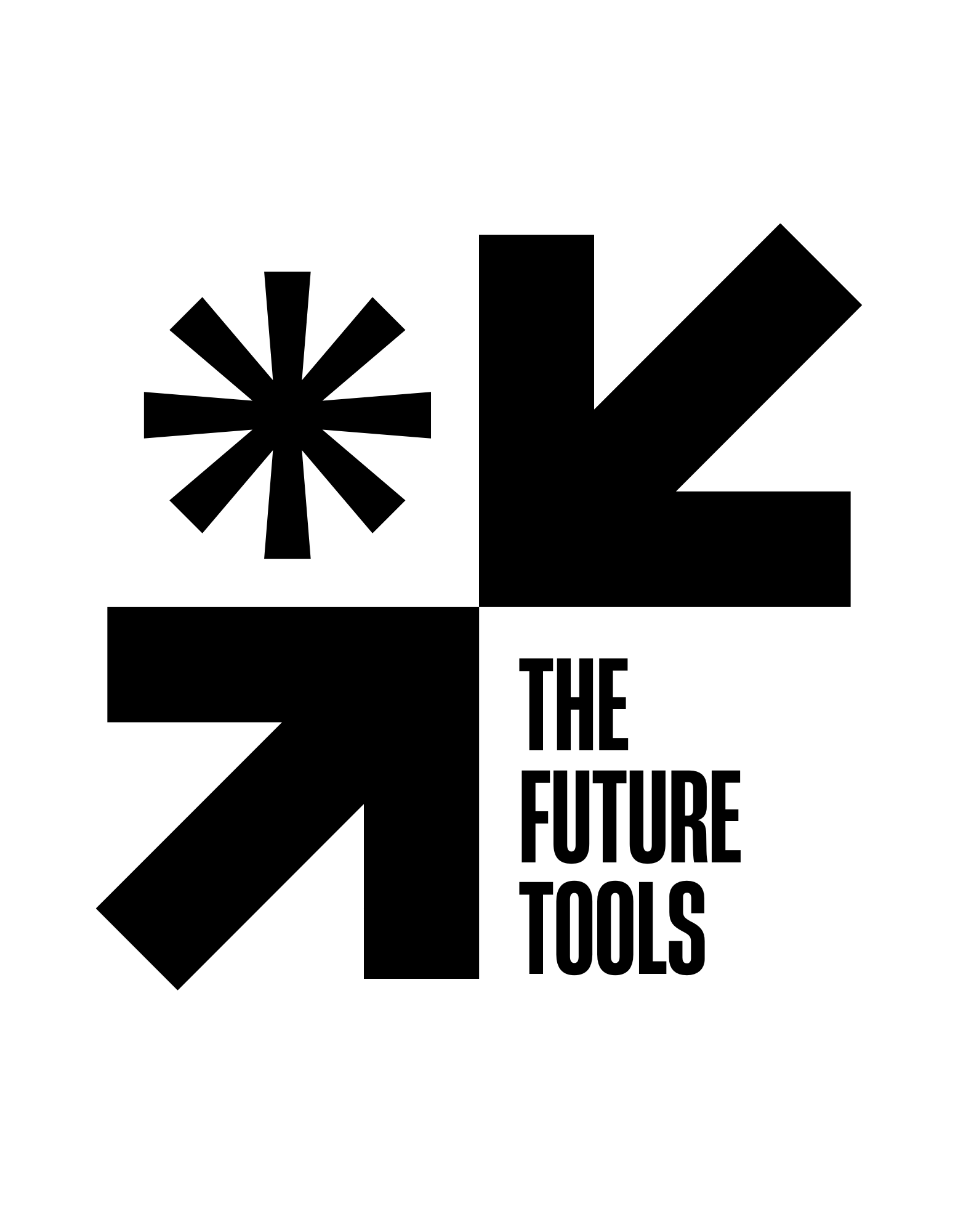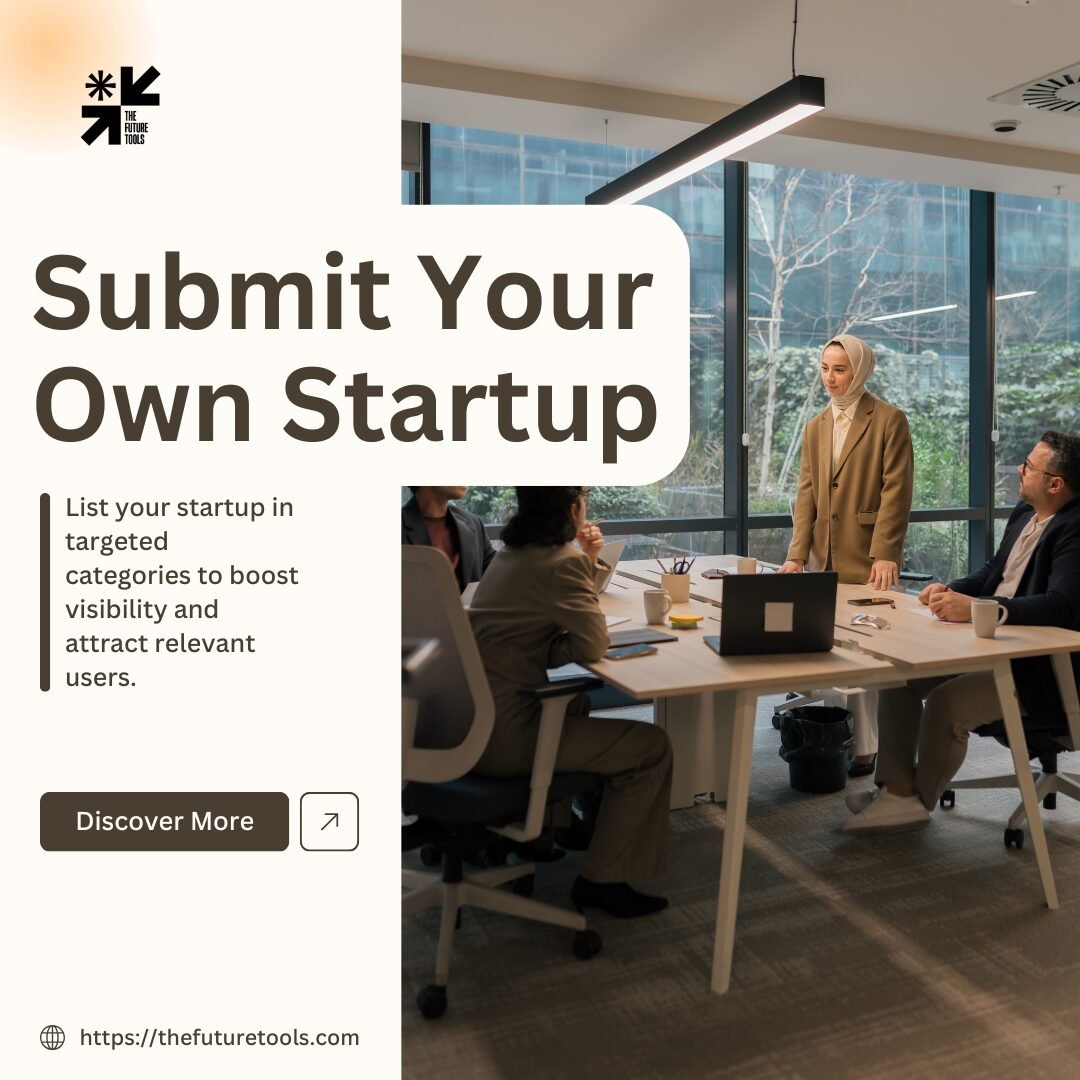Now Reading: OpenAI Introduces Native Apps Inside ChatGPT
-
01
OpenAI Introduces Native Apps Inside ChatGPT
OpenAI Introduces Native Apps Inside ChatGPT
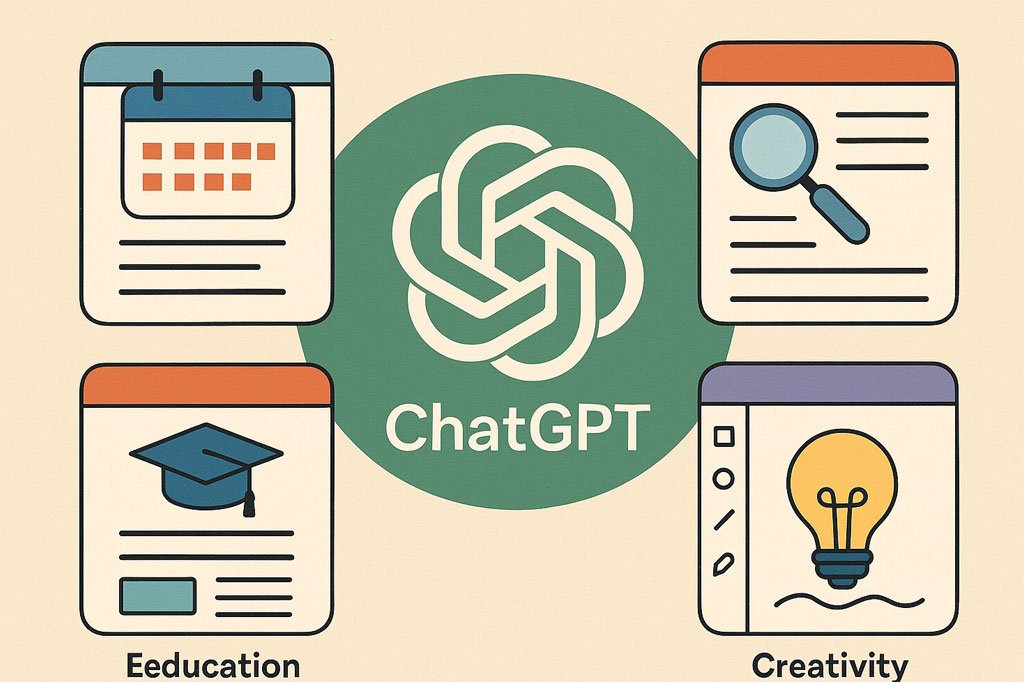
OpenAI has taken a decisive step in redefining the ChatGPT experience by introducing native apps directly inside the platform. This development transforms ChatGPT from a conversational AI into a dynamic productivity and creativity hub, empowering users to accomplish tasks, access specialized tools, and integrate AI into their daily workflows without leaving the interface. Unlike previous iterations, which relied heavily on external plugins, native apps are fully embedded, offering a seamless, integrated experience. This editorial will explore what native apps mean for individual users, organizations, and the global AI ecosystem, examining real-world applications, benefits, potential challenges, and the future of AI-powered integrated workflows.
Understanding Native Apps in ChatGPT
Native apps are pre-built, fully integrated applications that operate within the ChatGPT interface, providing users with a range of functionalities—from productivity and research tools to creative utilities. Unlike plugins that require installation and often external API connections, native apps are seamlessly embedded, allowing users to interact with AI while performing complex tasks like generating reports, analyzing data, creating content, or performing research in one environment. The introduction of native apps reflects OpenAI’s commitment to reducing friction between AI and real-world workflows, transforming ChatGPT into a central platform for both personal and professional use.
Key Features of Native Apps
Integrated Workflows
Native apps allow users to perform multiple tasks without switching platforms, centralizing work processes in a single AI-driven environment. For example, a business analyst can summarize financial reports, generate actionable insights, and create visual presentations directly in ChatGPT. This integration boosts efficiency, eliminating the need to juggle multiple tools and applications, and reflects a broader trend toward AI as an all-in-one assistant for modern workflows.
Automatic Updates and Scalability
OpenAI’s native apps are designed for continuous improvement and automatic updates, ensuring that users always have access to the latest functionalities. This eliminates compatibility issues and keeps workflows consistent. Additionally, the apps are scalable, allowing users—from individual creators to large enterprises—to leverage AI in ways that align with their evolving needs, whether for complex research, content generation, or operational automation.
Cross-Functional Capabilities
Native apps combine ChatGPT’s generative reasoning with external data sources or internal tools, enabling multi-step problem-solving. For instance, a content marketer can use native apps to draft a social media campaign, analyze engagement metrics, and create a performance report—all in one cohesive workflow. This capability represents a shift from single-purpose AI tasks to multifunctional AI ecosystems, bridging creativity and operational efficiency.
User-Friendly Interface
Accessibility remains a core strength of native apps. Designed for both technical and non-technical users, the apps allow anyone to leverage advanced AI functionalities with minimal learning curves. For educators, marketers, and researchers alike, this means AI is no longer limited to developers or data scientists—it’s now a tool for everyday productivity and creativity.
Real-World Applications Across Industries
Education
In education, native apps can revolutionize teaching and learning. Teachers can generate lesson plans, summaries, or exercises tailored to students’ comprehension levels. Students can use AI-assisted research tools to synthesize complex topics and create personalized study materials. By integrating these capabilities directly into ChatGPT, educators and learners gain a centralized AI tutor, enabling personalized, scalable, and accessible education globally.
Business and Enterprise
Organizations are leveraging ChatGPT native apps to automate repetitive workflows and increase productivity. Customer support, internal reporting, and project documentation can be streamlined, reducing manual effort and freeing teams for strategic initiatives. For instance, a multinational consulting firm reported that integrating native apps reduced project documentation time by 40%, showcasing tangible ROI and demonstrating how AI is becoming a critical operational tool.
Healthcare
Healthcare professionals can use native apps for summarizing patient records, generating clinical reports, and accessing research literature quickly. This accelerates decision-making and reduces administrative burdens. Additionally, patient engagement can be enhanced through AI-generated educational content, enabling better-informed decisions and improving care outcomes.
Research and Development
For researchers, native apps offer rapid prototyping, data analysis, and content summarization, significantly shortening research cycles. By integrating AI directly into their workflow, R&D teams can analyze large datasets, generate hypotheses, and draft reports more efficiently. This is particularly impactful for organizations in emerging markets, providing access to high-quality AI capabilities without significant infrastructure investments.
Benefits and Limitations of Native Apps
Benefits:
-
Streamlined workflows and centralized task management.
-
Enhanced productivity and creative capabilities for diverse users.
-
Democratized AI access, allowing smaller organizations and individual creators to leverage advanced tools.
-
Continuous improvements through automatic updates ensure cutting-edge functionality.
Limitations:
-
The current ecosystem is still growing, with limited apps available compared to third-party plugins.
-
Heavy reliance on AI may reduce critical thinking if users over-delegate tasks.
-
Data privacy and security concerns may arise when processing sensitive information.
-
Potential biases in AI outputs require user vigilance and ethical oversight.
Editorial Insight: The benefits outweigh the limitations, but responsible use and careful implementation are key to maximizing value while mitigating risks.
Global Implications
Native apps inside ChatGPT represent a democratization of AI technology. By embedding productivity and creative tools directly within ChatGPT, OpenAI ensures that AI access is not limited to tech-savvy users or large enterprises. Emerging markets and smaller organizations can now harness the same AI capabilities as leading firms, fostering global innovation and leveling the playing field. Additionally, widespread adoption helps cultivate AI literacy, allowing users to engage with AI responsibly and understand its capabilities and limitations.
Future Outlook
Looking forward, native apps in ChatGPT are poised to expand across industries and use cases. We can expect:
-
Expanded App Ecosystem: More specialized apps will be developed by OpenAI and third-party developers, addressing niche and professional needs.
-
Multi-Modal AI Integration: Future apps may combine text, images, audio, and video to provide richer interactions.
-
Enterprise Integration: Organizations will increasingly embed ChatGPT apps into internal workflows, creating AI-assisted work environments.
-
Ethical Frameworks and Governance: OpenAI will implement guidelines and safety measures to ensure apps are used responsibly and mitigate potential misuse.
Native apps are not just a feature update—they signify a paradigm shift in how AI integrates into daily workflows, transforming ChatGPT into an indispensable digital assistant for both personal and professional contexts.
OpenAI’s introduction of native apps inside ChatGPT marks a transformative moment in generative AI adoption. By combining embedded functionality, accessibility, and AI reasoning, ChatGPT is no longer just a conversational tool—it is a centralized platform for productivity, creativity, and research. As the ecosystem expands, native apps are set to redefine workflows, democratize AI access globally, and empower users across industries, from education and healthcare to enterprise and R&D. The future of AI-assisted productivity is here, and ChatGPT stands at its forefront.
FAQs
-
What are native apps in ChatGPT?
Pre-built applications integrated within ChatGPT for performing tasks directly in the interface. -
How do native apps differ from plugins?
Native apps are embedded and seamless, while plugins require manual installation and external connections. -
Who can use these apps?
Professionals, educators, students, and developers with access to ChatGPT. -
What tasks can they perform?
Productivity, content creation, research, analytics, and creative workflows. -
Are the apps free?
Many are included in ChatGPT, with some premium features available in subscription tiers. -
Can businesses integrate these apps into workflows?
Yes, enterprises can embed native apps to streamline operations and enhance productivity. -
Are there privacy concerns?
Sensitive data should be handled carefully; OpenAI implements guidelines for responsible use. -
Will more apps be added?
Yes, OpenAI plans to expand the ecosystem with new, specialized applications. -
Do the apps support multiple languages?
Yes, ChatGPT’s underlying AI supports multilingual capabilities. -
How do native apps improve productivity?
By consolidating tasks, automating workflows, and integrating AI reasoning in a single environment.
Disclaimer:
All logos, trademarks, and brand names referenced herein remain the property of their respective owners. Content is provided for editorial and informational purposes only. Any AI-generated images or visualizations are illustrative and do not represent official assets or associated brands. Readers should verify details with official sources before making business or investment decisions.




